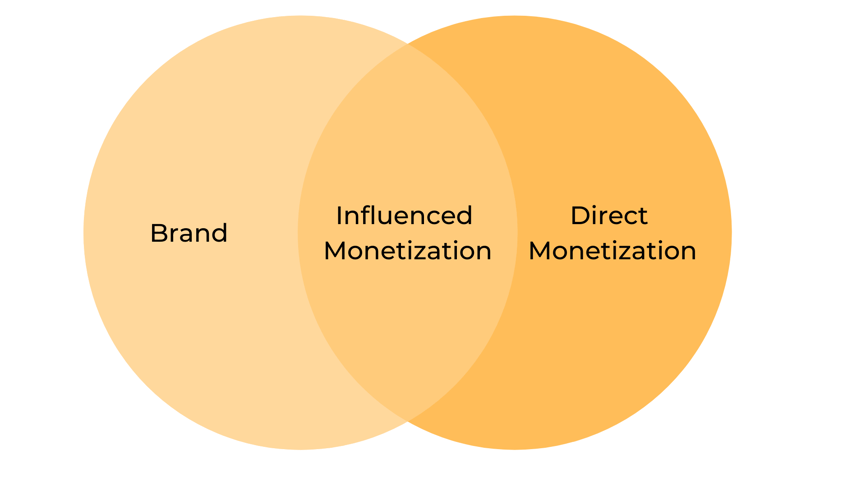In this episode of the GrowthTLDR, we discuss the eight critical steps to building a winning content formula.
We cover the three most popular categories of content, the best research methods to building your editorial calendar, how you grow an audience for your content, and how to cross-pollinate ideas across channels.
Happy Growing!
I've recently been giving a lot of advice to people about building winning content marketing teams. I've also been taking a lot of advice from others.
Here are some of the notes I ended up with from those discussions that went into what I covered on this podcast. I've categorized them into eight key points.
1. There are three Content Categories
There are three main categories of content for B2B companies to invest in:
-
Brand -> the stories you tell
-
Industry Topics -> the stories your audience is talking about
-
Educational -> the things your audience wants to learn
With branded content, you're pushing new stories into your market. Industry topics and educational content is pulling existing demand for information on those subjects out of the market.
2. Content channels have strengths and weaknesses
The job of each content channel is to acquire an audience and engage that audience. However, each channel has strengths and weaknesses across both these goals.
When planning out your content strategy, you want to map the content category to the channel it will perform best on.
You can plot your content channels across this 2*2:

You'll find channels that perform well for audience engagement are often the hardest to grow (podcast) and are great for influence and ideal for the brand.
Channels like your blog are great for audience growth, can be a medium for engagement, and usually work best for education.
3. Each Content Category has a Unique Input
Qualitative research applies to all content categories; always be talking to your audience.
For the other categories above, there are well-defined inputs e.g.
-
Educational content (primarily decided by keyword research)
-
Thought Leadership/Trending Topics (BuzzSumo, Quora, Social platforms)
-
Branded content (a result of your companies mission)
The results are one editorial calendar with content broken out into categories and channels.
4. Expertise in Channels is essential for growth.
You need content marketers with expertise in specific channels to take those ideas and turn them into growth.
Whether you're creating blog posts optimized for featured snippets, Youtube videos with an engaging opener to ensure a healthy watch time or podcasts that can cut up into snippets for promotion - there are specific skills that ensure content performs well across channels.
5. Go for topic depth vs. peanut buttering
Think about how you'll create a bundle of content to cover a topic in-depth.
We've covered topic clusters at length at HubSpot.
However, we've mostly talked about it in the context of how you interlink content for SEO purposes.
I would consider covering a topic in-depth across all the channels your audience consumes content - blogs, youtube, podcasts, social media, etc.
6. Promote content topics
You've likely heard it before, but to grow an audience through content, you need to invest in promoting that content.
Each content channel should have its promotion playbook.
7. Content Monetization
It's often hard to get resources funded for content marketing within a business. The marketing team doesn't monetize the content well or define how the business should think about content marketing in the go-to-market.
Much like advertising, you can think of metrics for content marketing across these three buckets:

-
Direct Monetization: A person visits a blog post, downloads content, and buys software.
-
Influenced Monetization: A person consumes content as one way they interact with a company on the root of becoming a customer.
-
Brand: Content helps to expand brand awareness for the company and should be measured via engagement metrics (views, listens, shares, etc.)
8. Idea Cross-Pollination
Too often, the best ideas we have for content at companies are siloed within an individual channel.
Our approach to those ideas is more reflective of our team design vs. what's good for the user.
Responsibility for the blog, youtube podcasts are split across teams, so something that performs great on one channel never sees the light of day across other channels.
To be truly successful at content marketing, you should ensure the best ideas get turned into full content bundles across all your main channels.
You need someone who can identify those ideas and understand how to cross-pollinate them across other channels.
Topics: content marketing, Podcast, Swipefile
 iTunes
iTunes Stitcher
Stitcher Spotify
Spotify